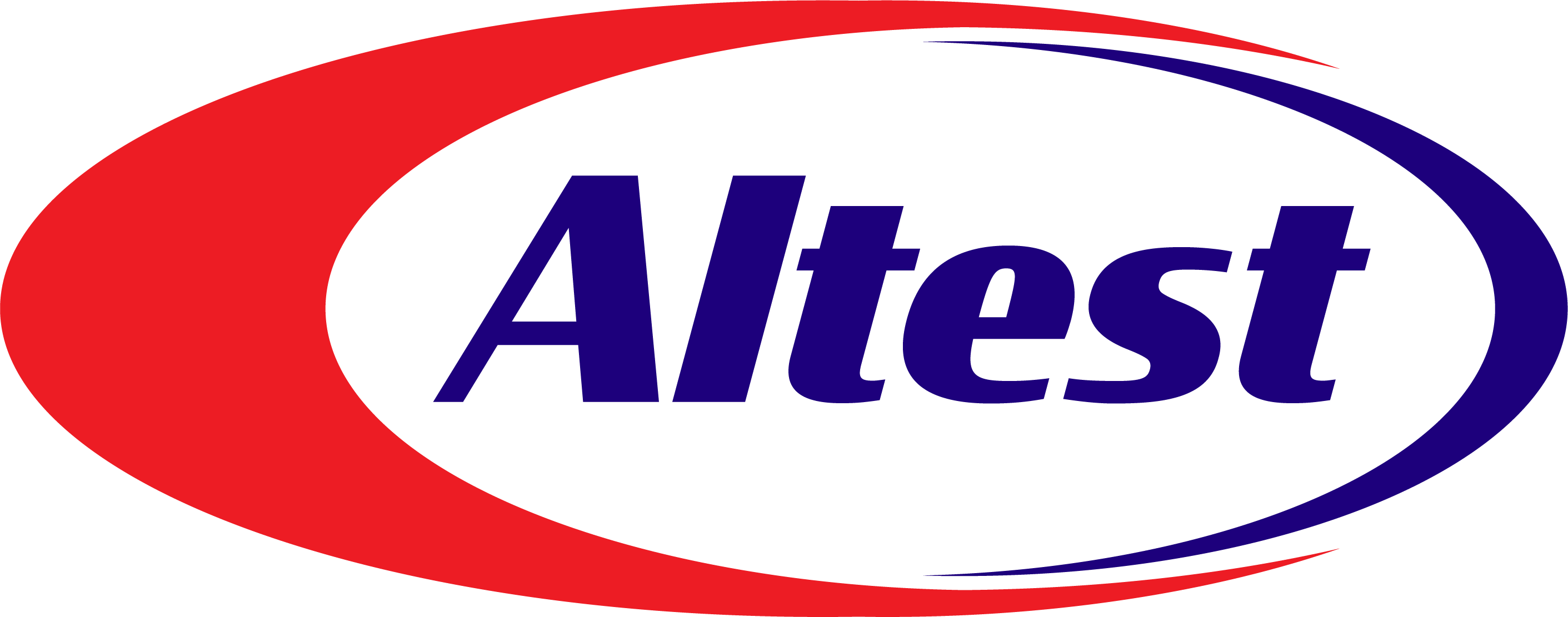Burn-in Board Assembly
Mastering Burn-in Board Design and Assembly for Peak Circuit Performance
Introduction: Unlocking the Potential: The Crucial Role of Burn-in Board Design and Assembly
In today’s tech-driven world, our reliance on electronic devices, from smartphones to advanced computer systems, underscores the importance of intricate circuitry. At the core of this technology lies the printed circuit board (PCB). However, optimizing these PCBs for peak efficiency demands a specialized approach, bringing us to the realm of burn-in board design and assembly. This guide serves as your key to understanding the nuances of this art and science, exploring their indispensable role in ensuring electronic devices’ reliability and longevity.

Understanding Burn-in Boards: "From PCB Foundations to Motherboard Mastery
Before delving into burn-in boards, let’s grasp the basics: the printed circuit board (PCB). Acting as the canvas for electronic components, PCBs form functional circuits. As technology evolves, the demand for high-performing PCBs grows. This leads to the birth of burn-in boards, specialized PCBs designed to endure rigorous testing and optimal operating conditions. Used in the testing phase, burn-in boards guarantee the reliability and durability of electronic devices before reaching consumers. Moving beyond traditional PCBs, we encounter the powerhouse – the motherboard. As the central nervous system of electronic devices, motherboards house critical components. Burn-in boards play a pivotal role in ensuring the flawless functionality and superior performance of these motherboards throughout their lifespan.
Unveiling the Power of Burn-in Boards: HAST, HTOL, LTOL, and THBT Boards
Burn-in boards take various forms, each tailored for specific testing procedures. Let’s explore common types: HAST Board (Highly Accelerated Stress Test): Simulating harsh conditions like high temperature and humidity, HAST boards identify vulnerabilities, allowing engineers to address them before final production. HTOL Board (High-Temperature Operating Life): Focusing on evaluating longevity and performance under high-temperature conditions, HTOL boards ensure circuitry withstands prolonged exposure without compromising function. LTOL Board (Low-Temperature Operating Life): Assessing endurance in freezing conditions, LTOL boards highlight weaknesses in extreme cold environments, enabling engineers to optimize designs. THBT Board (Time-History Bias Temperature): Combining time, temperature, and bias testing, THBT boards evaluate resilience in real-world scenarios, providing insights into circuit performance and durability.
The Art of Burn-in Board Design: Crafting Resilient and Efficient Circuits
Designing burn-in boards requires a blend of technical expertise, creativity, and attention to detail. To create circuits excelling in performance and reliability, engineers implement design strategies: Placement and Integration of Components: Strategically positioning electronic components optimizes signal flow, minimizes interference, and maximizes thermal management. Routing and Traces – Optimizing Signal Flow: Designing intricate trace networks minimizes impedance, reduces signal reflection, and ensures proper signal integrity. Power Integrity and Signal Integrity: Meticulously managing power and signal integrity guarantees seamless operations. Power integrity ensures stable power distribution, while signal integrity minimizes noise and distortion.
Burn-in Board Assembly: "Precision in Building Robust Circuits"
Exploring the key aspects of effective burn-in board assembly: Manufacturing Processes and Equipment: Utilizing cutting-edge equipment and techniques, burn-in board assembly involves surface-mount technology (SMT) to through-hole assembly for precise component placement and accurate soldering. Soldering Techniques for Unwavering Connections: Employing techniques like reflow soldering and wave soldering ensures strong and reliable solder joints, adhering to industry standards. Quality Assurance and Testing: Rigorous testing measures, including functional testing, in-circuit testing, and environmental testing, validate functionality, performance, and reliability, ensuring only high-caliber circuits leave the facility.
Conclusion: Empowering Success through Expert Burn-in Board Design and Assembly
As electronic devices continue to be indispensable, the demand for high-performing circuitry rises. Burn-in board design and assembly exceed industry standards, ensuring exceptional results. From intricate design to precise assembly, burn-in boards empower engineers to create circuits excelling in both functionality and longevity. By leveraging advanced manufacturing processes, expert soldering techniques, and rigorous testing, burn-in board assemblers craft circuits that surpass expectations. Embrace the power of burn-in board design and assembly, unlocking the true potential of your electronic devices with confidence. Discover the secrets to circuit brilliance through expert burn-in board design and assembly, and ignite your success in today’s technological landscape!
